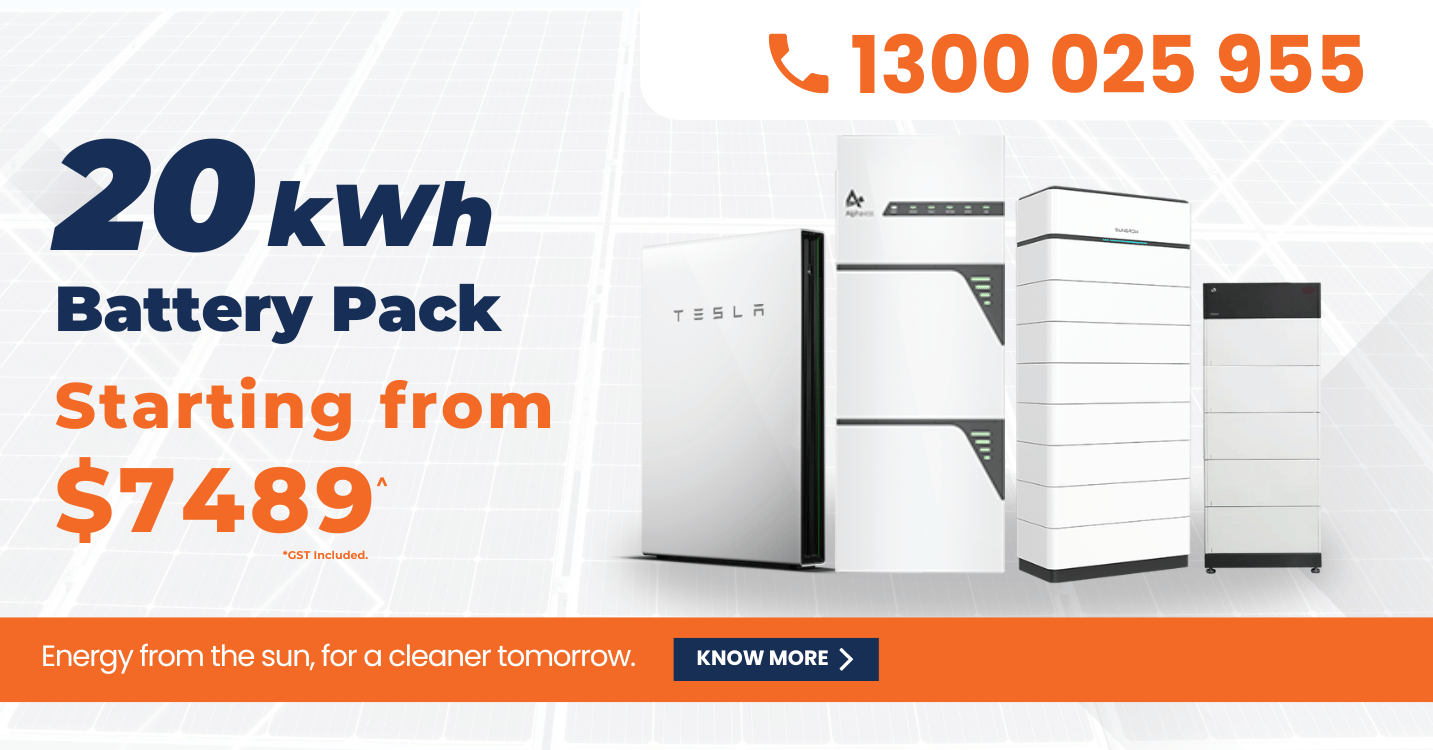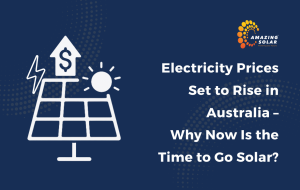As home energy storage systems become increasingly popular, the ability for batteries to charge from the grid is a critical feature. This feature can save homeowners money by charging batteries during off-peak hours and using that stored power during peak times. However, not all batteries support grid charging, and those that do may vary in how they implement this capability. Below, we’ll cover various popular home battery options and their grid-charging capabilities, along with other essential considerations for homeowners.
Why Grid Charging Is Beneficial
1. Cost savings:
- Utilizing Time-of-Use (ToU) tariffs can significantly reduce energy bills. Batteries that charge during off-peak hours allow homeowners to take advantage of lower electricity prices and discharge power during peak rates.
2. Energy security:
- Grid-charging batteries ensure that homes have backup power even when solar panels are not generating enough energy, such as during cloudy weather or at night.
3. Virtual power plants (VPPs):
- Participation in VPPs requires grid-charging functionality. By aggregating the stored power from multiple batteries, VPPs help balance the energy grid, and participants can receive financial incentives.
Grid Charging Compatibility: Key Home Battery Options
Not all home batteries are created equal when it comes to grid-charging. Here’s a breakdown of popular models and their capabilities:
1. Fully compatible batteries ("Yes")
These batteries can be set up to charge directly from the grid without additional configurations:
- Tesla powerwall 2 & powerwall 3: The Powerwall 2 has been a leading model with integrated grid-charging and intelligent features. The newer Powerwall 3 maintains this capability while offering improved efficiency and capacity.
- Sungrow: Sungrow batteries are efficient and reliable energy storage solutions designed to maximize solar power usage. With high-performance lithium-ion technology, they offer scalability, safety, and easy integration with Sungrow inverters. Built to last, these batteries help reduce electricity bills and provide backup during outages, making them ideal for both residential and commercial use.
2. Batteries that require hybrid inverters ("Yes Hybrid")
These models can charge from the grid but need to be connected to hybrid inverters, which handle power from multiple sources:
- Goodwe Lynx home F G2 series: Modular and designed for flexibility, it requires a compatible hybrid inverter for grid-charging.
More Notable Grid-Charging Capable Batteries
- SolarEdge energy bank: Integrates effectively with SolarEdge’s ecosystem, making it a top choice for those who already use SolarEdge inverters. Its grid-charging functionality enhances flexibility.
- Jinko suntank: A relatively new addition, but it supports grid-charging under certain configurations, focusing on affordability and efficiency.
- Sungrow SBR HV: Known for high-voltage applications, this battery’s grid-charging capability makes it a reliable choice for those who need robust energy solutions. One of the best batteries in Australia.
- AlphaESS SMILE5: Some of Alpha batteries Provides easy integration with solar panels and can be set up to charge from the grid, requiring compatible inverters.
Factors to Consider Before Choosing a Grid-Charging Battery
1. Local electricity plans:
- Ensure your utility offers ToU tariffs that make grid-charging economically viable. The greater the price difference between off-peak and peak hours, the more you can save.
2. System integration:
- Hybrid inverters are often essential for systems that wish to blend solar generation and grid-charging. Confirm that your chosen battery is compatible with your existing setup.
3. Regulatory compliance:
- Some regions have specific regulations regarding grid-charging. It’s important to check local guidelines or consult a professional installer to avoid potential issues.
4. Smart battery management systems (BMS):
- Advanced batteries, like the Tesla Powerwall series, come with sophisticated BMS that optimize when and how to charge from the grid. Make sure the battery you choose has a BMS that supports your needs.
Grid Charging and Virtual Power Plants (VPPs)
Grid-charging batteries play a crucial role in VPPs. In a VPP setup, energy stored across multiple batteries is aggregated, allowing utilities to draw from these distributed storage systems when there’s high demand. For homeowners, this means they can earn incentives while contributing to grid stability.
Batteries that can charge from the grid ensure that their stored power is available even during periods of low solar generation, making them ideal for VPP participation.
Conclusion: Selecting the Best Grid-Charging Battery
Choosing a home battery system that can charge from the grid offers homeowners numerous advantages, from cost savings to energy security and VPP participation. Understanding which models are capable of grid-charging and how they integrate with your current energy setup is essential for maximizing benefits. When exploring options, consider compatibility with hybrid inverters, the features of the BMS, and whether the battery aligns with your energy consumption patterns and local electricity plans.
For expert advice and to explore a range of home battery solutions, call 1300 025 955. Their experienced team can help you find the best system tailored to your needs, ensuring you get the most out of your investment.
















